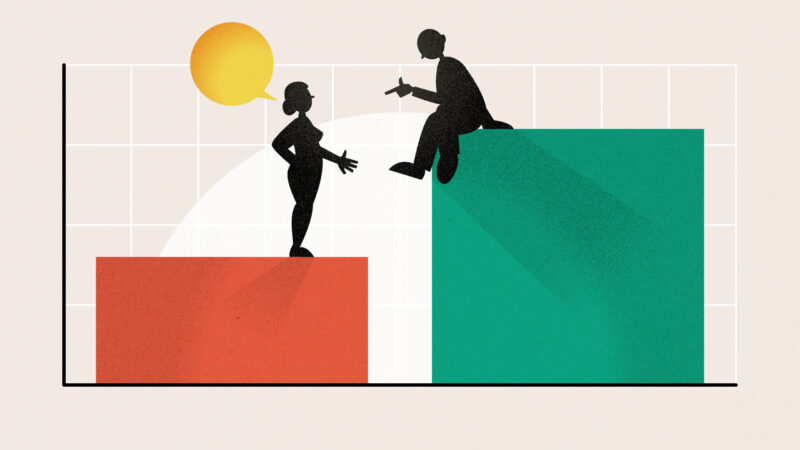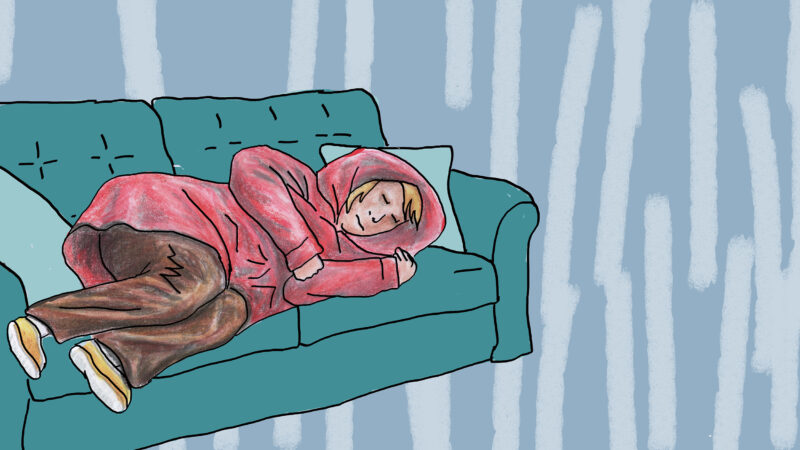Living with pain
Severe pain which stops people easily doing everyday activities is the most common reason why people eventually diagnosed with endometriosis first go to see a doctor.
Women with endometriosis are more affected by pain on a daily basis than women with other pelvic problems.
Pain from endometriosis often starts during adolescence or early life. The level of pain (pain intensity) is not an indication of the stage of disease – even women with minor disease can have extreme pain. The pain associated with endometriosis can be experienced during menstrual periods (this is called dysmenorrhea), sex (dyspareunia) and going to the toilet (known as dysuria or dyschezia).
People have described their pain in many ways, as ‘stabbing’, ‘crushing’, ‘throbbing’ and ‘deep’. When the pain is severe, it is described as ‘horrendous’, ‘crippling’, ‘excruciating’ and can interfere with daily activities such as going to school or work, or affect people’s social and personal life.
Pain management
Managing pain is a very important part of care for those living with endometriosis. People with endometriosis access pain management services through their GP or other specialist.
Using appropriate pain management is important because severe endometriosis pain can interfere with sleep, daily activities, and mental and physical wellbeing.
You can read more about the options for pain management on the Treatment & Management Pathway page.

